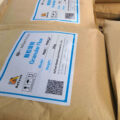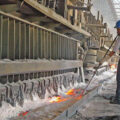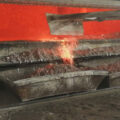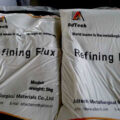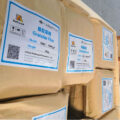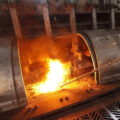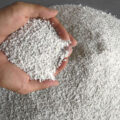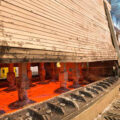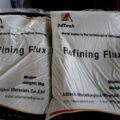At present, the secondary aluminum industry generally uses simple processes and low-cost refining agents to purify the aluminum melt, thereby improving the recovery rate of molten aluminum scrap and the quality of the melt.
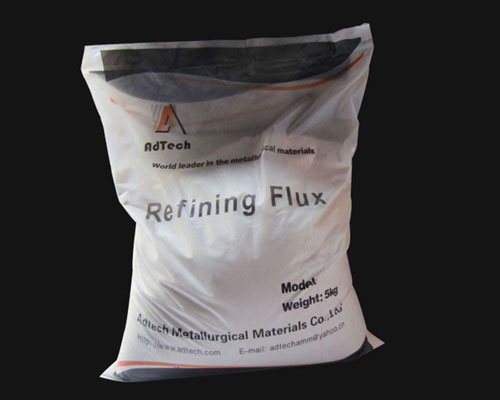
Aluminum has the advantages of light specific gravity and high strength. Pure aluminum has excellent electrical and thermal conductivity. The surface of aluminum reacts with oxygen to form transparent and dense aluminum oxide. It is found in the environment and oxidizing acids. Good corrosion resistance, good decoration and formability, have been widely used in transportation, aerospace, chemical machinery, building materials, household appliances, and other industries, and the demand is also increasing.
Dissolved hydrogen and oxide inclusions are the main factors affecting the purity of aluminum and its alloy solutions. Among them, the oxidation inclusions are proportional to the hydrogen content. There are more oxidation inclusions and the hydrogen content will increase. The presence of oxidized inclusions will form microscopic voids; excessive hydrogen content in the aluminum melt will cause defects such as pinholes and shrinkage porosity in the aluminum castings, affect the casting performance of aluminum alloys, reduce the flow properties of the aluminum melt, and cause Loose intercrystalline. It can be seen that the purification of aluminum and aluminum alloy melts is very important.
There are certain temperature requirements for the refining agents to react with the molten aluminum, and the refining effect is the best within the specified temperature range. If the refining temperature is too high or too low, the refining effect of the molten aluminum is poor, and the refining time needs to be extended to meet the refining requirements to ensure the quality of the molten aluminum.
In the recycling process of scrap aluminum, the smelting of recycled aluminum and the treatment of the melt are the key processes to ensure the quality of recycled aluminum metallurgy. After the waste is melted into liquid, the scum is pulled out from the furnace, and the aluminum liquid in the slag can be refined and recovered. The slag is because the waste slag self-ignites at high temperature. When the refining agent reacts with the aluminum liquid, it will generate heat and generate heat. It will cause the temperature of the molten aluminum to rise, and it is easy to produce slag phenomenon.
The pinhole degree decreases as the hydrogen content decreases. This is because the refining agents can remove the hydrogen and floating oxidized slag in the aluminum liquid, so that the aluminum liquid is more pure, and it also has the effect of a slag removing agent. The gas content is small, and it is not easy to accumulate pinholes in the alloy.

